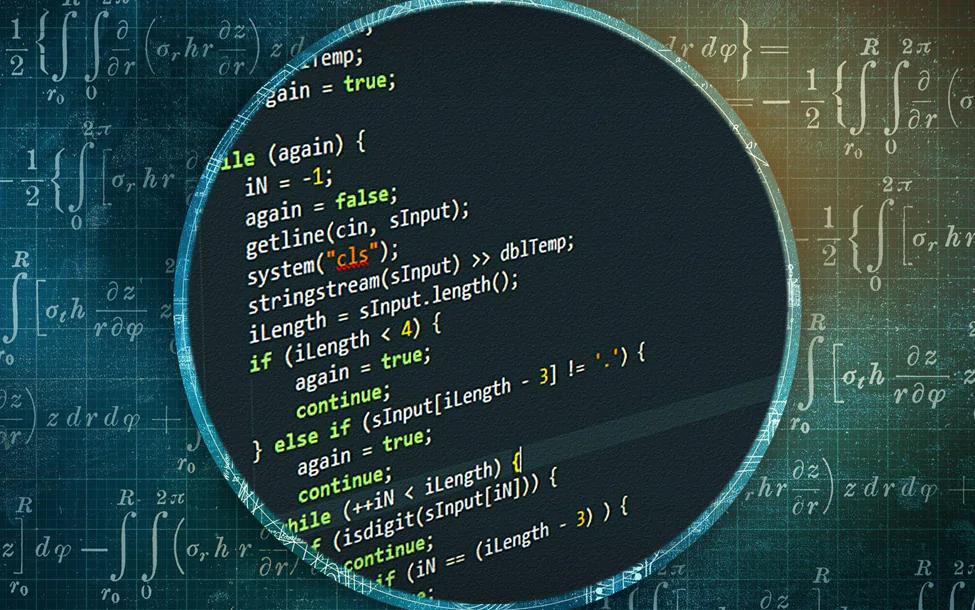Exploring the Enigmatic World of Machine Learning Algorithms

In the realm of artificial intelligence, machine learning algorithms have emerged as powerful tools that enable computers to learn and make predictions without explicit programming. These algorithms, inspired by the human brain’s ability to learn, have revolutionized various industries, from healthcare to finance.
In this article, we will embark on a captivating journey through the intricacies of machine learning algorithms, unraveling their mysteries and shedding light on their profound impact on our lives.
Unraveling the Basics:
To understand machine learning algorithms, we must first grasp the fundamental concepts. At its core, machine learning involves the development of mathematical models that learn from data. These models leverage vast datasets to recognize patterns, extract meaningful insights and make accurate predictions.
One of the key distinctions in machine learning algorithms lies in their categorization into supervised, unsupervised and reinforcement learning.
Supervised Learning: The Guided Path:
Supervised learning algorithms form the backbone of many machine learning applications. They learn from labeled training data, where each data point is accompanied by a corresponding target value.
Through pattern recognition, these algorithms generalize from the training data to make predictions on unseen data. Examples of supervised learning algorithms include decision trees, support vector machines and neural networks.
Unsupervised Learning: Discovering Hidden Patterns:
In contrast to supervised learning, unsupervised learning algorithms operate on unlabeled data. Without explicit guidance, these algorithms seek to uncover hidden structures or patterns within the data.
Clustering algorithms, such as k-means and hierarchical clustering, group similar data points together, revealing natural clusters. Dimensionality reduction techniques, like principal component analysis (PCA), extract meaningful features that capture the essence of the data.
Reinforcement Learning: Learning from Rewards:
Reinforcement learning algorithms learn through an interactive process of trial and error. Agents navigate an environment, taking actions and receiving feedback in the form of rewards or penalties. These algorithms aim to maximize cumulative rewards by discovering optimal strategies.
Reinforcement learning has found applications in robotics, game playing (e.g., AlphaGo) and autonomous vehicles, showcasing their potential in complex decision-making scenarios.
The Art of Model Selection:
Selecting the appropriate machine learning algorithm for a given task is an art in itself. Different algorithms excel in various domains and factors such as data characteristics, interpretability and computational efficiency influence the choice.
Researchers and practitioners often employ techniques like cross-validation and hyperparameter tuning to optimize model performance. Balancing bias and variance is crucial to avoid underfitting or overfitting the data, striking a delicate equilibrium for accurate predictions.
Conclusion:
Machine learning algorithms continue to reshape the way we interact with technology and harness the power of data. By mimicking the human learning process, these algorithms unlock insights, automate decision-making and revolutionize industries across the globe.
Understanding the distinctions between supervised, unsupervised, and reinforcement learning provides a foundation for exploring the vast array of algorithms within each category. As machine learning continues to advance, its applications will undoubtedly expand, unveiling new possibilities and propelling us further into the era of intelligent systems.





